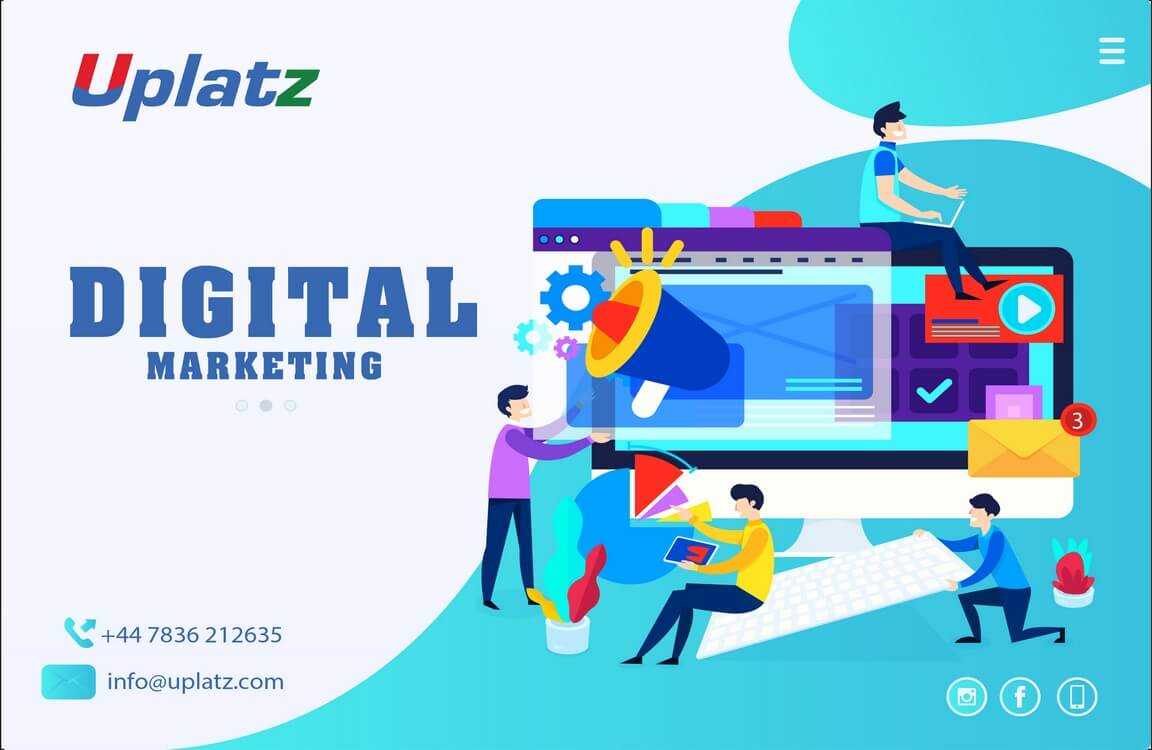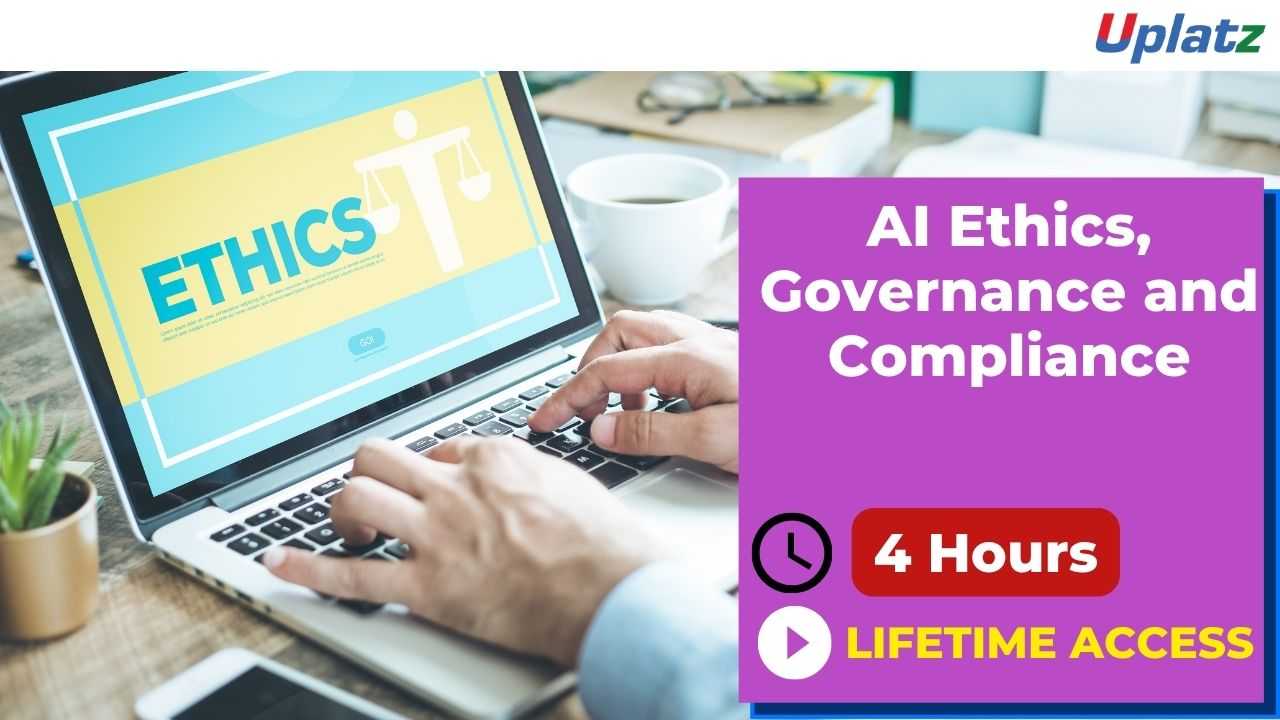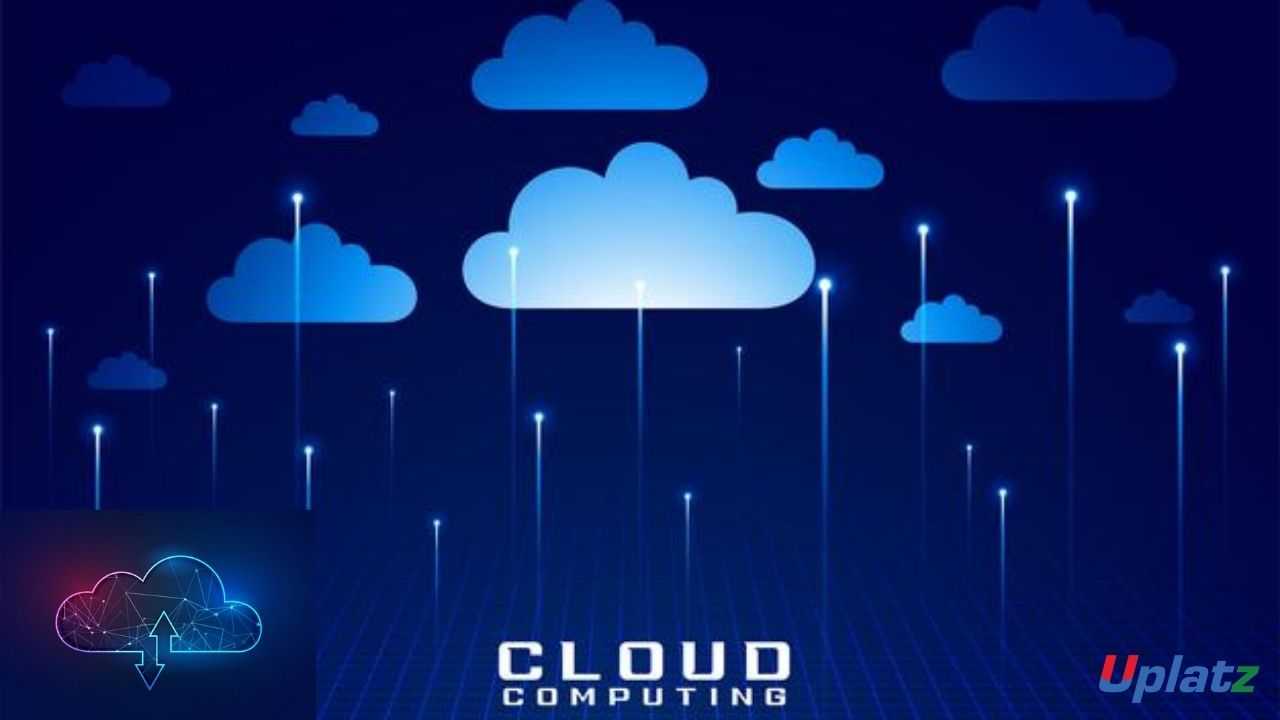Computer Awareness and Proficiency
Master Computer Fundamentals for Competitive Exams and Professional Success. Learn Essential Computer Skills & Digital Literacy for Everyday Success.Preview Computer Awareness and Proficiency course
Price Match Guarantee Full Lifetime Access Access on any Device Technical Support Secure Checkout Course Completion Certificate 95% Started a new career
BUY THIS COURSE (
95% Started a new career
BUY THIS COURSE (GBP 12 GBP 29 )-
 87% Got a pay increase and promotion
87% Got a pay increase and promotion
Students also bought -
-

- Digital Marketing & SEO
- 80 Hours
- GBP 12
- 3327 Learners
-

- AI Ethics, Governance, and Compliance
- 4 Hours
- GBP 12
- 2529 Learners
-

- Cloud Computing Basics
- 15 Hours
- GBP 12
- 89 Learners

Computer Awareness and Proficiency – Self-Paced Online Course
In an increasingly digital world, having a strong foundation in computer awareness and digital proficiency is no longer optional—it’s essential. Whether you're preparing for competitive government exams or aiming to boost your career prospects, the Computer Awareness and Proficiency self-paced online course is your gateway to mastering the fundamental computer skills that drive today’s professional and academic environments.
This course is designed with beginners in mind, making it accessible, flexible, and easy to follow. It offers a structured approach to learning, using high-quality pre-recorded video tutorials that can be accessed anytime, anywhere. Through comprehensive lessons and interactive exercises, learners can develop a solid understanding of computer fundamentals and apply them confidently in real-life scenarios and examinations.
Upon successful completion, participants will receive a Course Completion Certificate, validating their knowledge and helping them stand out in job interviews, exams, and workplace evaluations.
Why Computer Awareness Matters
Basic computer knowledge is one of the most in-demand skills across various fields. Whether you're filling out an online form, preparing a report, working with spreadsheets, or browsing safely on the internet, computer proficiency is vital. Moreover, competitive exams like IBPS, SBI, SSC, RRB, LIC, NICL, UPSC, State PSCs, CAT, CMAT, TET, and others now emphasize computer awareness as a key component of their evaluation process.
This course prepares you thoroughly for such exams while also equipping you with essential workplace skills. The curriculum covers both theoretical concepts and practical applications, helping you not only score higher in exams but also thrive in a digitally driven career.
What You Will Learn
This course covers a wide spectrum of topics fundamental to computer literacy. Key areas include:
- Computer fundamentals: Understanding what a computer is, its components, and how it works.
- Hardware and software basics: Learn about input/output devices, storage units, and types of software.
- Operating systems: Explore how systems like Windows work, and how to manage files, folders, and settings.
- Internet and networking: Understand how the internet works, how to use browsers effectively, and how to stay safe online.
- MS Office proficiency: Build skills in MS Word, Excel, and PowerPoint—crucial tools for academic and professional tasks.
- Cyber security and digital safety: Learn how to protect your data, recognize threats, and navigate digital spaces securely.
Every module is designed to reinforce your understanding through practical demonstrations, quiz-based assessments, and downloadable reference materials. This ensures not only memorization for exams but long-term retention for day-to-day use.
Who Should Take This Course?
This course is ideal for a wide range of learners, including:
- Students preparing for competitive exams with a computer knowledge section.
- Job seekers wanting to improve their digital proficiency for government and private sector roles.
- Professionals looking to strengthen their foundational computer skills for better productivity at work.
- Teachers and educators who want to become more comfortable using digital tools for lesson planning and classroom activities.
- Absolute beginners who wish to gain confidence in using computers, navigating the internet, or working with office applications.
No prior experience in computing is required. The course starts from the very basics and builds gradually, making it suitable for complete novices as well as intermediate learners looking to refresh their knowledge.
How to Use This Course Effectively
As a self-paced course, you have the freedom to learn at your own speed, according to your schedule. To get the most out of this course, follow these tips for effective learning:
1. Start with a Learning Plan
Before diving in, take a few minutes to set clear goals. Are you preparing for an upcoming exam? Want to become more confident using Microsoft Office? Your learning plan should reflect your goals and the timeline you have in mind.
2. Follow the Modules Sequentially
Each lesson is structured to build on the previous one. Starting with computer basics and gradually moving to advanced topics ensures a strong foundational understanding. Avoid jumping ahead unless you're revising.
3. Take Notes and Make Flashcards
As you learn new terms and concepts (such as RAM, CPU, Firewall, or Spreadsheet formulas), jot them down. Creating digital flashcards for revision can be very helpful, especially for exam preparation.
4. Practice Alongside the Videos
Don’t just watch the tutorials—actively follow along on your own computer. For example, when learning about Excel formulas or PowerPoint slide design, replicate the steps on your system. Practical experience is key to retention.
5. Complete Practice Exercises and Assessments
At the end of each module, you’ll find exercises and quizzes. Make sure you complete these— they reinforce your learning and prepare you for real-life applications and exams.
6. Apply Learning to Real Scenarios
Try using your new skills in day-to-day tasks: write a document in Word, calculate a budget in Excel, or create a presentation. The more you use what you learn, the more naturally it becomes part of your skill set.
7. Review and Revise Regularly
Computer knowledge—especially related to exams—often involves technical terms and acronyms. Regular revision helps you stay sharp and confident when it’s time for tests or interviews.
8. Use the Certificate to Your Advantage
Once you complete the course, showcase your certificate on your resume, LinkedIn profile, or in your job applications. It validates your skills and shows employers or institutions that you are committed to continual learning.
Why This Course Stands Out
Unlike traditional courses, this self-paced training is designed to fit your lifestyle. Whether you're a full-time student, a working professional, or someone preparing for exams from home, you can access the materials 24/7, re-watch lessons as needed, and learn from any device.
This flexibility, combined with clear explanations, real-life examples, and practical applications, ensures that you're not just memorizing information—but actually building long-term digital competence.
The Computer Awareness and Proficiency – Self-Paced Online Course is more than a tutorial—it's a launchpad for your academic and professional success. In a world that values tech-savvy individuals, investing in your computer literacy is one of the smartest moves you can make.
By the end of this course, you'll not only be ready to tackle competitive exams with confidence but also feel empowered to navigate the digital world with ease and purpose.
Enroll today and begin your journey toward becoming digitally proficient, exam-ready, and career-confident.
Course/Topic 1 - Course access through Google Drive
-
Google Drive
-
Google Drive
By the end of this course, learners will be able to:
- Understand the basics of Computers: History, Generations, Types, and Components.
- Learn about Input/Output Devices, Memory, Storage Units, and Motherboard Components.
- Grasp essential Software Concepts: Operating Systems, Application Software, Utility Programs.
- Explore MS Office Suite: Word Processing (MS Word), Spreadsheet (MS Excel), and Presentation (MS PowerPoint) Tools.
- Understand the Internet, Web Browsers, Email, and Cyber Safety Measures.
- Familiarize yourself with Computer Networks: LAN, WAN, Protocols, and Networking Devices.
- Build knowledge on emerging technologies: Cloud Computing, IoT, and AI fundamentals.
- Solve Computer Awareness questions relevant to major competitive exams.
- Develop the confidence to handle basic computer tasks and troubleshoot common issues.
Module 1: Introduction to Computers
- History and Evolution of Computers
- Generations of Computers
- Characteristics and Applications of Computers
Module 2: Components of a Computer System
- Input Devices and Output Devices
- Memory and Storage (RAM, ROM, HDD, SSD, Pen Drives)
- Motherboard and Peripheral Devices
Module 3: Software Concepts
- System Software vs Application Software
- Operating Systems: Windows, Linux, Mac OS
- Utility Programs and Antivirus Software
Module 4: Microsoft Office Essentials
- MS Word: Document Creation, Formatting, and Editing
- MS Excel: Data Entry, Formulas, Functions, Charts
- MS PowerPoint: Presentation Making and Design Tips
Module 5: Internet and Email Basics
- Internet Fundamentals and Web Browsers
- Safe Browsing Practices
- Creating and Managing Email Accounts
- Internet Services: Cloud Storage, Online Banking, E-Governance
Module 6: Computer Networking and Cyber Security
- Basics of Networking: LAN, WAN, Wi-Fi
- Networking Devices: Routers, Modems, Switches
- Introduction to Cyber Threats and Cyber Safety Measures
Module 7: Emerging Technologies
- Cloud Computing Fundamentals
- Introduction to Internet of Things (IoT)
- Basics of Artificial Intelligence (AI)
Module 8: Exam Practice and Mock Tests
- Important MCQs for Competitive Exams
- Previous Year Questions
- Timed Practice Tests and Final Assessment
Upon successful completion of the Computer Awareness and Proficiency course, learners will receive a Course Completion Certificate from Uplatz, certifying their knowledge and skills in basic computer operations and digital proficiency.
This certification adds value to your resume, highlights your computer literacy, and boosts your chances of success in government exams, entrance tests, and job applications across sectors.
Completing the Computer Awareness and Proficiency course opens up opportunities in fields requiring essential computer skills and general digital literacy.
After this course, learners can pursue roles such as:
- Administrative Assistant
- Data Entry Operator
- Office Clerk
- Customer Support Executive
- Junior Assistant in Government Sectors
- Computer Operator
- Back Office Executive
Industries like banking, insurance, government departments, education, healthcare, and private organizations highly value professionals with strong computer basics.
Additionally, mastering computer awareness significantly increases your chances of clearing competitive exams where computer proficiency is a mandatory qualification.
1. What is a Computer?
A computer is an electronic device that processes input data to produce output according to a set of instructions called a program.
2. What is the difference between Hardware and Software?
Hardware refers to the physical components of a computer system, while software refers to the set of instructions or programs that tell the hardware what to do.
3. What is an Operating System? Give examples.
An operating system (OS) is software that manages computer hardware and software resources. Examples include Windows, Linux, and macOS.
4. What are Input and Output Devices?
Input devices allow users to enter data into a computer (e.g., keyboard, mouse), while output devices display the results (e.g., monitor, printer).
5. What is the Internet?
The Internet is a global network that connects millions of private, public, academic, business, and government networks to share information and services.
6. What is MS Word used for?
MS Word is a word-processing software used to create, edit, format, and print text documents.
7. What is Cloud Computing?
Cloud computing is the delivery of computing services like storage, servers, and databases over the internet ("the cloud") to offer faster innovation and flexible resources.
8. What is the purpose of Cyber Security?
Cybersecurity aims to protect systems, networks, and programs from digital attacks or unauthorized access.
9. Explain the difference between RAM and ROM.
RAM (Random Access Memory) is volatile memory used for temporary storage while the computer is running; ROM (Read-Only Memory) is non-volatile and contains permanent instructions.
10. What is a LAN?
LAN (Local Area Network) is a network that connects computers within a small geographical area like a home, school, or office









